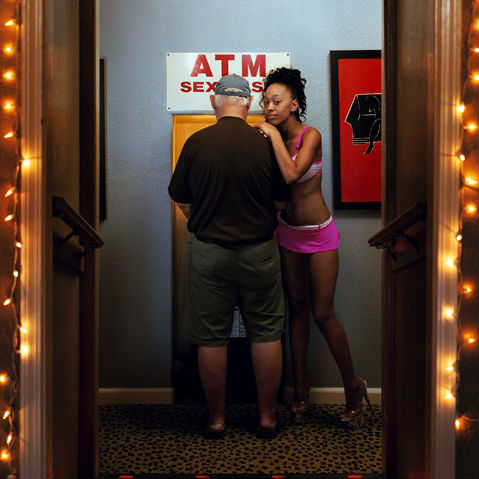The New Anarchists
The architect of the Occupy movement on the state of “anti-globalization” activism at the turn of the twentieth century.
Over the past decade, activists in North America have been putting enormous creative energy into reinventing their groups’ own internal processes, to create viable models of what functioning direct democracy could actually look like. In this we’ve drawn particularly, as I’ve noted, on examples from outside the Western tradition, which almost invariably rely on some process of consensus finding, rather than majority vote. The result is a rich and growing panoply of organizational instruments—spokescouncils, affinity groups, facilitation tools, break-outs, fishbowls, blocking concerns, vibe-watchers and so on—all aimed at creating forms of democratic process that allow initiatives to rise from below and attain maximum effective solidarity, without stifling dissenting voices, creating leadership positions or compelling anyone to do anything which they have not freely agreed to do.


